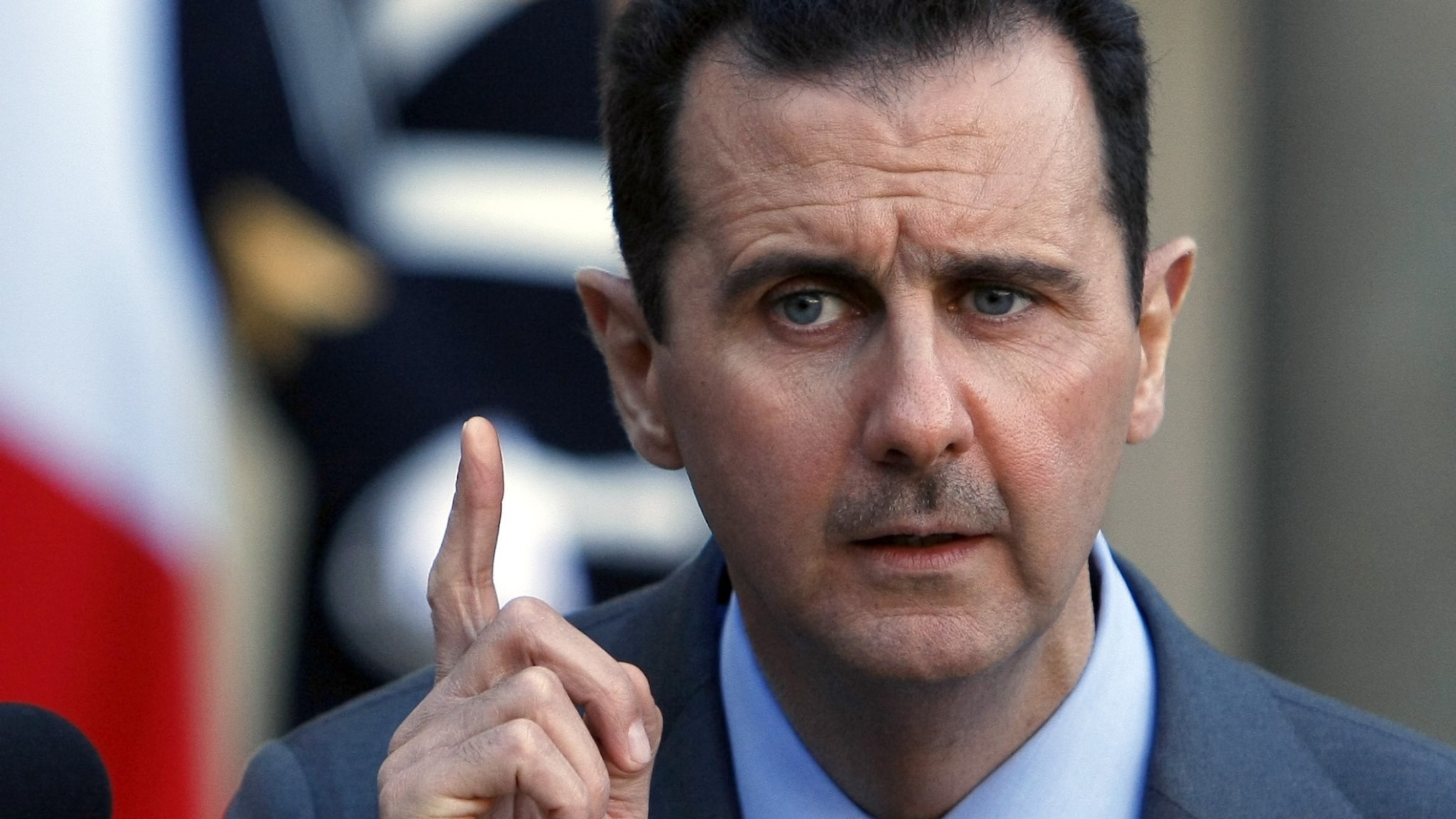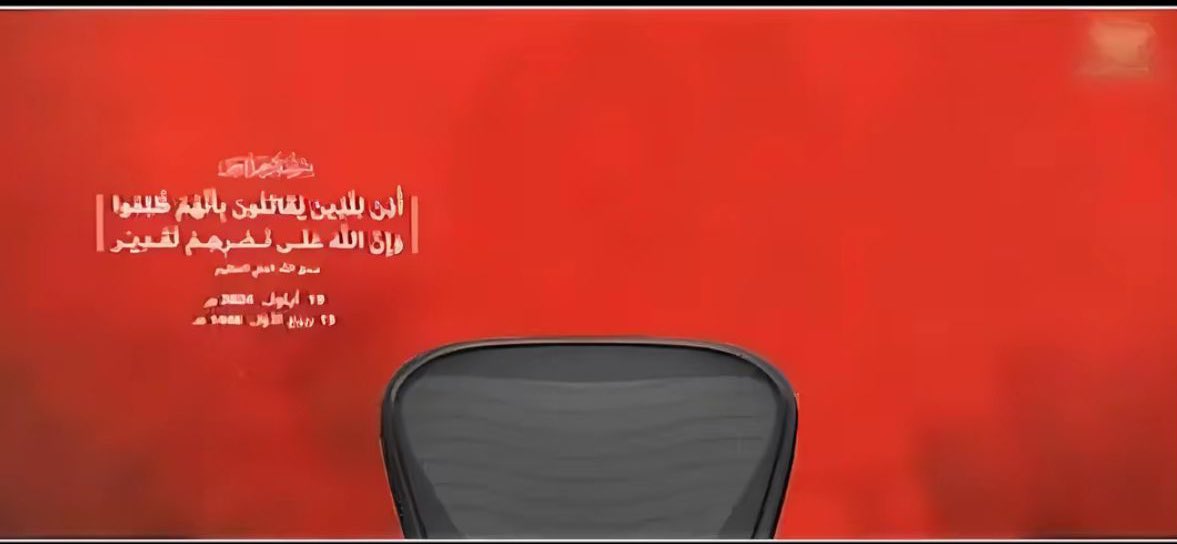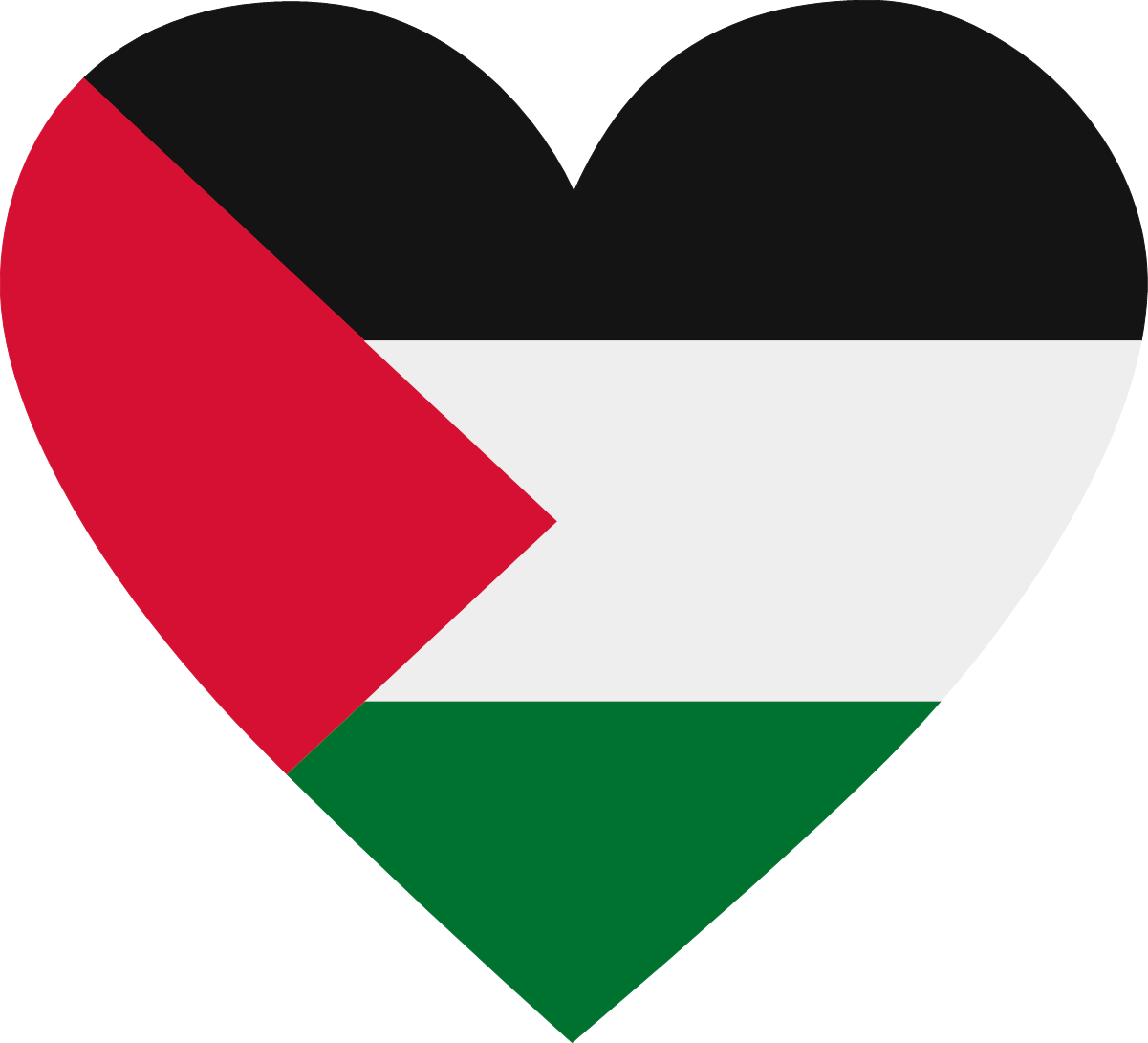

With Sayyid Hassan Nasrallah’s martyrdom marking a very significant moment in the history of the resistance, I think that it puts a natural stop to my effortpost about the history about the pan-Shia moment. I’m also just too demoralised and sad to continue writing, maybe I’ll one day do another one of these in happier times. Thank you all for reading these, I can answer any questions if God gives me strength. I have one favor to ask, can someone please post this in the history or effortpost comms?






Thank you so much ❤️